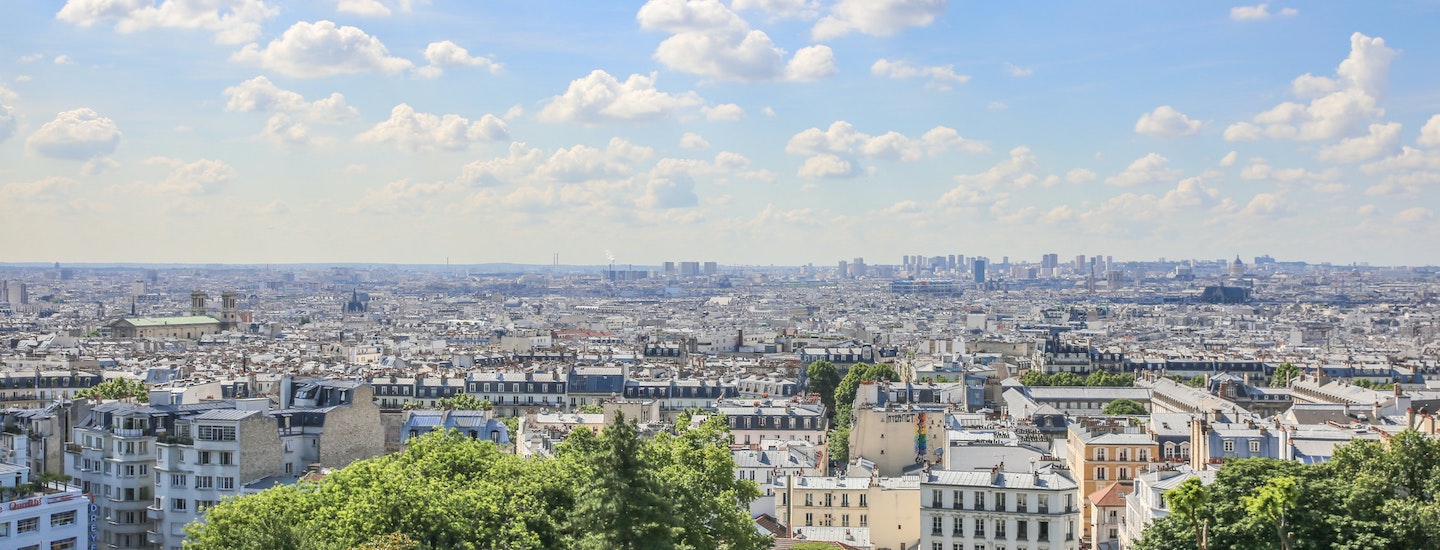Air Pollution: Challenges and Opportunities
Ria Ranjan Srivastava, September 6, 2022
The International Day of Clean Air for Blue Skies is celebrated on 7th September every year and the theme for 2022 is “The Air We Share.” The theme emphasises the fact that air knows no boundaries. Whether it is stubble burning or Diwali celebrations in one state, the impact of air pollution is not localised but can be felt in the entire airshed. To tackle bad air, we need granular level monitoring efforts, localised action plans and stricter implementation of policies.
Why is air pollution such a burning issue for India?
According to the World Air Quality Report 2021, 11 of the 15 most polluted cities in central and south Asian countries are in India, with not a single city satisfying the prescribed WHO air quality standards. These rankings are based on the PM2.5 air quality parameter, which is regarded as the most dangerous of all defined parameters such as NOx, SOx, CO, PM10 and others. The average concentration of PM2.5 in India is 58.1 µg/m³ which is around ten times higher than the prescribed WHO standard.
Ambient and indoor air pollution is estimated to have caused 1.7 million premature deaths in India in 2019 and about 36.8 billion worth of USD economic losses due to labour morbidity and premature deaths. In addition, India has several airsheds, of which the Indo-Gangetic airshed is the most polluted. The air quality problem is further compounded in this region since it is also the most populated region in the country.
What is PM2.5? Why is it important?
PM2.5 are very fine particles in the air with a diameter of less than 2.5 microns. These particles can be blown high and far-off due to the wind. Therefore, they pose a threat not only to urban areas but smaller cities and rural areas as well. They can easily enter the lungs and even our bloodstream causing harmful impacts on human health such as, asthma, lung cancer, ventricular hypertrophy, Alzheimer’s and Parkinson’s diseases, psychological complications, autism, retinopathy, foetal growth, and low birth weight.
What are the sources of PM2.5?
These are primarily generated from the burning of fossil fuel, biomass, vehicle exhaust, construction activities, brick kilns, dust and so on. Though, these PM2.5 pollutants are also formed secondarily due to the interaction of different pollutants such as, SO2, NOx, CO, VOCs, therefore, targeting reduction of PM2.5 can also address tackling of most of other pollutants.
What steps is India currently taking to tackle air pollution?
Recognising that air pollution is not a regional issue but cross-jurisdictional in nature and aggravates further due to interaction of pollutants from multiple sectors, the government is focusing on developing city action plans and directed sectoral plans to curb pollution at the source itself. As identified in the National Clean Air Programme (NCAP) 2019, 132 non-attainment cities, which do not satisfy the prescribed air quality standards, are mandated to devise city-specific action plans with the overall aim of reducing PM2.5 emissions by 20-30 percent by 2024 compared to 2017 levels. The National Knowledge Network (NKN) was set up with 108 reputed institutions to provide technical assistance on air quality management. The System of Air Quality and Weather Forecasting and Research (SAFAR) was introduced by Ministry of Earth Sciences to provide location specific information on air quality in near real time and its forecast 1-3 days in advance. Some notable schemes include the implementation of the BS-VI emission standard for motor vehicles, the National Electric Mobility Plan 2020. energy efficiency labelling for energy-intensive home appliances, promotion of renewable energy, and the Ujjwala Mission aimed at accelerating LPG penetration in households.
What else can India do to tackle air pollution?
India needs to enforce the strict implementation of policies and employ granular level technical studies to identify the real ground scenario in terms of air pollutant concentration and variability. In 2020, India launched the world’s first performance-based fiscal transfer funding program, mandating the identified 42 highly polluted million plus Indian cities to reduce their air pollution levels by 15 per cent every year to continue receiving funding. As per estimates, 4,000 consistent, reliable, and continuous monitoring stations are also required in urban and rural areas for better spatial, temporal and statistical representation and interpretation of air pollution in India. The government has significantly increased the number of monitoring stations but to cover the vast country like India, more ambitious and directed initiatives and regulations are required. Studies have shown that within a city block, air pollution can vary as much as eight times due to complex urban dynamics. These variations in air pollution remain undetected by city-level stationary sensors. This calls for the need to monitor hyperlocal air pollution, that is, granular level variation observation to effectively characterise, understand, and provide the information to decision-makers in developing policies. The formulation of city action plans should be aligned with hyperlocal action plans for ease in management and governance.
Ria Ranjan Srivastava is Assistant Programme Manager – Climate Policy at Shakti Sustainable Energy Foundation

